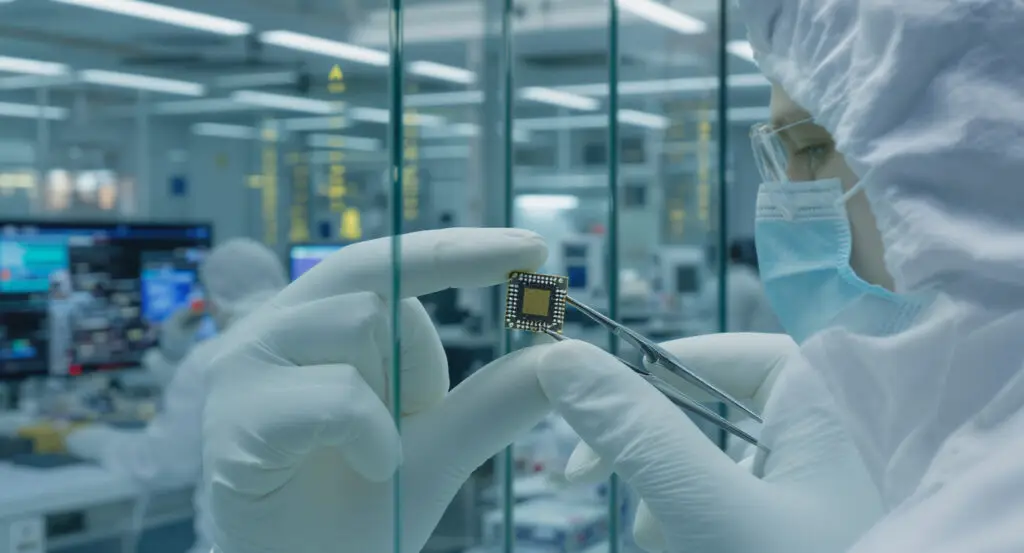The End of Secrecy
For half a decade, Huawei operated under a shroud of secrecy regarding its chip technology, a strategy necessitated by US sanctions that cut off its access to Western suppliers. Information about processors in devices like the Mate 60 Pro could only be obtained through third-party teardown analysis. This era of silence has now ended. The launch of the Pura 80 smartphone, where user screenshots prominently displayed the Kirin 9020 system-on-a-chip, marks a new chapter for the company, one of increased transparency and confidence in its domestic technological capabilities.
A Calculated Disclosure
The timing of this disclosure appears to be a deliberate and strategic move. Industry analysts believe this new transparency signals Huawei’s growing confidence in its silicon designs and its strong position in the 5G smartphone market. This shift also demonstrates how Chinese firms are effectively adapting to prolonged US technology restrictions by building more robust domestic supply chains. The Kirin 9020, manufactured by Semiconductor Manufacturing International Corp (SMIC), is a testament to this, showing the development of China’s domestic semiconductor ecosystem.
A Journey Through Sanctions
The significance of Huawei’s public acknowledgment of its chip technology is best understood by looking at its recent history. The Mate 40 series, released in 2020, was Huawei’s last 5G phone line before the sanctions took full effect. The company’s consumer business group chairman, Richard Yu Chengdong, described the impact of the restrictions as a dramatic drop in annual phone shipments, from what they used to ship in a single month to a fraction of that. However, Huawei’s integrated strategy of developing both its own hardware and software has led to a remarkable comeback.
The Broader Strategy: Software Independence
The Kirin 9020 chip is just one part of a larger strategy for technological independence. Huawei also invested tens of billions of yuan over six years to create its own proprietary operating system, HarmonyOS. This move was a direct response to supply chain security issues related to operating systems, which prompted the company to develop an alternative to Google’s Android. The success of this effort is evident, with more than 10 million devices now running HarmonyOS 5, and the company’s recent market performance validating this integrated approach.
Validating the Strategy
Huawei’s strategy has paid off, as reflected in its recent market performance. According to IDC research, the company topped China’s smartphone market in the second quarter for the first time in four years, capturing an 18.1% share of shipments. This market leadership position validates the company’s approach of combining homegrown chip technology with proprietary software, creating a vertically-integrated ecosystem that is less dependent on Western suppliers.
Looking to the Future
This public acknowledgement of Huawei’s chip specifications could signal a broader shift in how Chinese tech companies approach intellectual property and market positioning. Instead of operating in secrecy, they may begin to view transparency about domestic capabilities as a point of pride and a marketing advantage. While the 7-nm Kirin 9020 still lags behind the most advanced processes used by industry leaders, the incremental improvement it represents shows the significant progress made. It also suggests that Huawei continues to face challenges in accessing the latest manufacturing technologies, but the move nonetheless represents a notable evolution in China’s semiconductor strategy.
Read More: Taiwan Adds Huawei and SMIC to Export Control List Amid Escalating Tech Tensions























